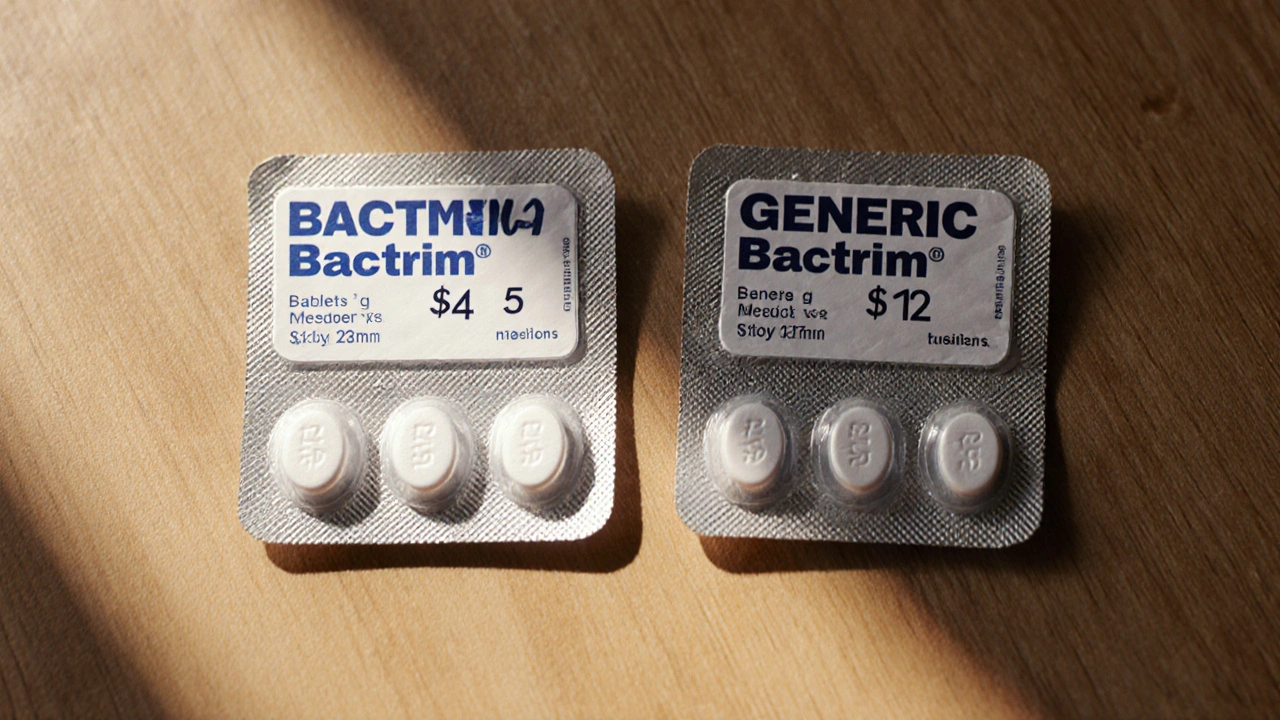Cheap Antibiotics: Save Money Without Compromising Safety
When you’re looking for cheap antibiotics, low‑cost antimicrobial drugs that treat bacterial infections. Also known as affordable antibiotics, they let you manage infections without breaking the budget.
What Makes an Antibiotic "Cheap"?
Most generic antibiotics, off‑label versions of brand‑name drugs that meet the same quality standards drive the price down. They share the same active ingredient, dosage forms, and efficacy as their branded counterparts, but manufacturers cut costs by skipping expensive marketing and branding. Because the active molecule is identical, you get the same therapeutic effect at a fraction of the price.
Finding a reliable source is key. A reputable online pharmacy, licensed e‑commerce platform that dispenses prescription meds can provide cheap antibiotics safely. Look for clear contact details, a valid pharmacy licence number, and a pharmacist available for questions. These factors help you avoid counterfeit pills that might be ineffective or harmful.
While saving money is appealing, you have to watch out for antibiotic resistance, the growing ability of bacteria to survive standard treatments. Overuse or misuse of cheap antibiotics fuels this problem. That’s why responsible prescribing, completing the full course, and only using them for bacterial infections matter.
Ask your doctor to confirm that an antibiotic is appropriate for your condition. Even inexpensive meds need a proper diagnosis, because using an antibiotic for a viral illness won’t help and just adds pressure to resistance. Your clinician can also adjust the dose based on your age, weight, kidney function, and severity of infection, ensuring you get the right amount without waste.
When you compare prices, look beyond the headline cost. Some sites list very low per‑tablet prices but require a large minimum order, while others bundle the medication with delivery fees. A quick check of the price per defined daily dose (DDD) often reveals the true savings. Insurance coverage or government subsidies can further lower out‑of‑pocket costs, especially for chronic or recurring infections.
Proper use also means respecting treatment duration. Cutting a course short because you feel better can let surviving bacteria rebound, making the infection harder to treat later. Follow the prescribed schedule, even if symptoms resolve early. If you experience side effects, contact your pharmacist or doctor—sometimes a switch to another cheap generic is possible.
Common infections that often have affordable generic options include urinary tract infections (UTIs), skin cellulitis, and uncomplicated throat infections. For UTIs, drugs like trimethoprim‑sulfamethoxazole or nitrofurantoin are widely available as generics. Skin infections may be treated with generic cephalexin or dicloxacillin, while simple strep throat can be handled with generic amoxicillin. Knowing which cheap antibiotics match which condition helps you discuss alternatives with your prescriber.
Before you click “buy,” verify authenticity. Check the packaging for tamper‑evident seals, batch numbers, and expiration dates. Many legitimate online pharmacies provide a QR code that links back to the manufacturer’s verification page. If anything looks off—misspelled brand names, unusual colors, or missing leaflets—skip the purchase and report it to the pharmacy regulator.
Now that you understand how cheap antibiotics fit into the bigger picture of cost, safety, and resistance, you’re ready to explore the resources below. Below you’ll find guides on spotting reliable online pharmacies, comparing generic prices, and using antibiotics responsibly, all aimed at helping you make smart, affordable health decisions.

Buy Cheap Generic Bactrim Online - Safe & Affordable Options
Learn how to safely purchase cheap generic Bactrim online in Australia. Get a step‑by‑step guide, price comparison, legal checklist, and FAQs for hassle‑free ordering.